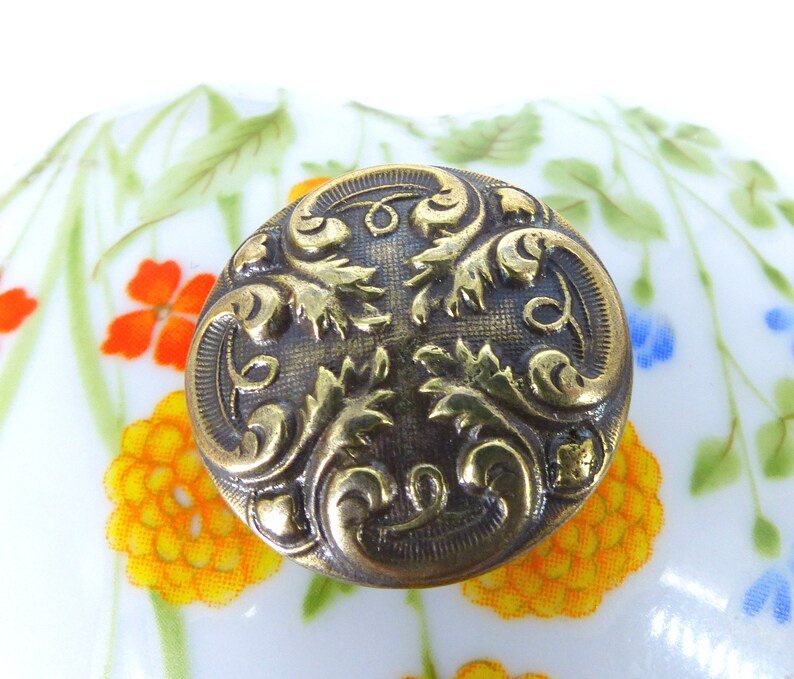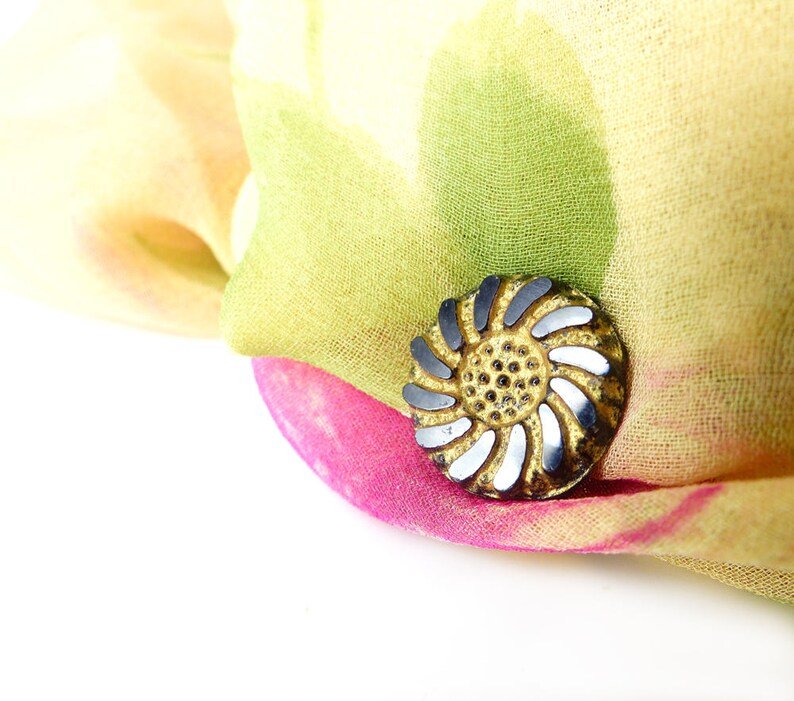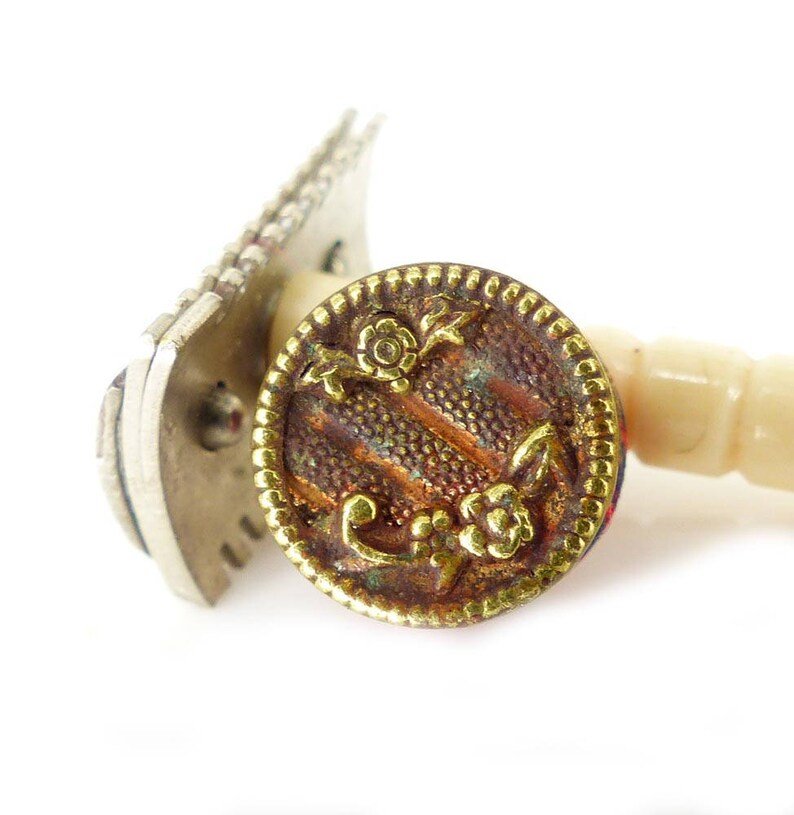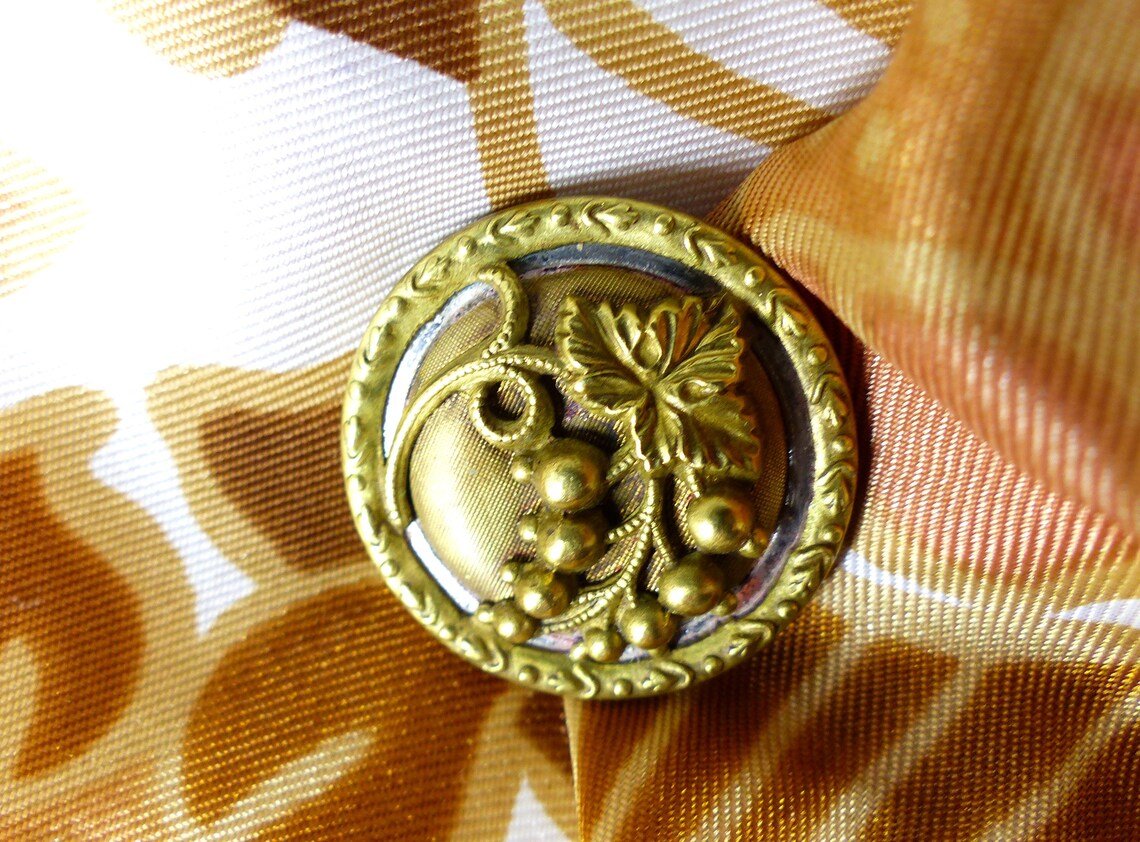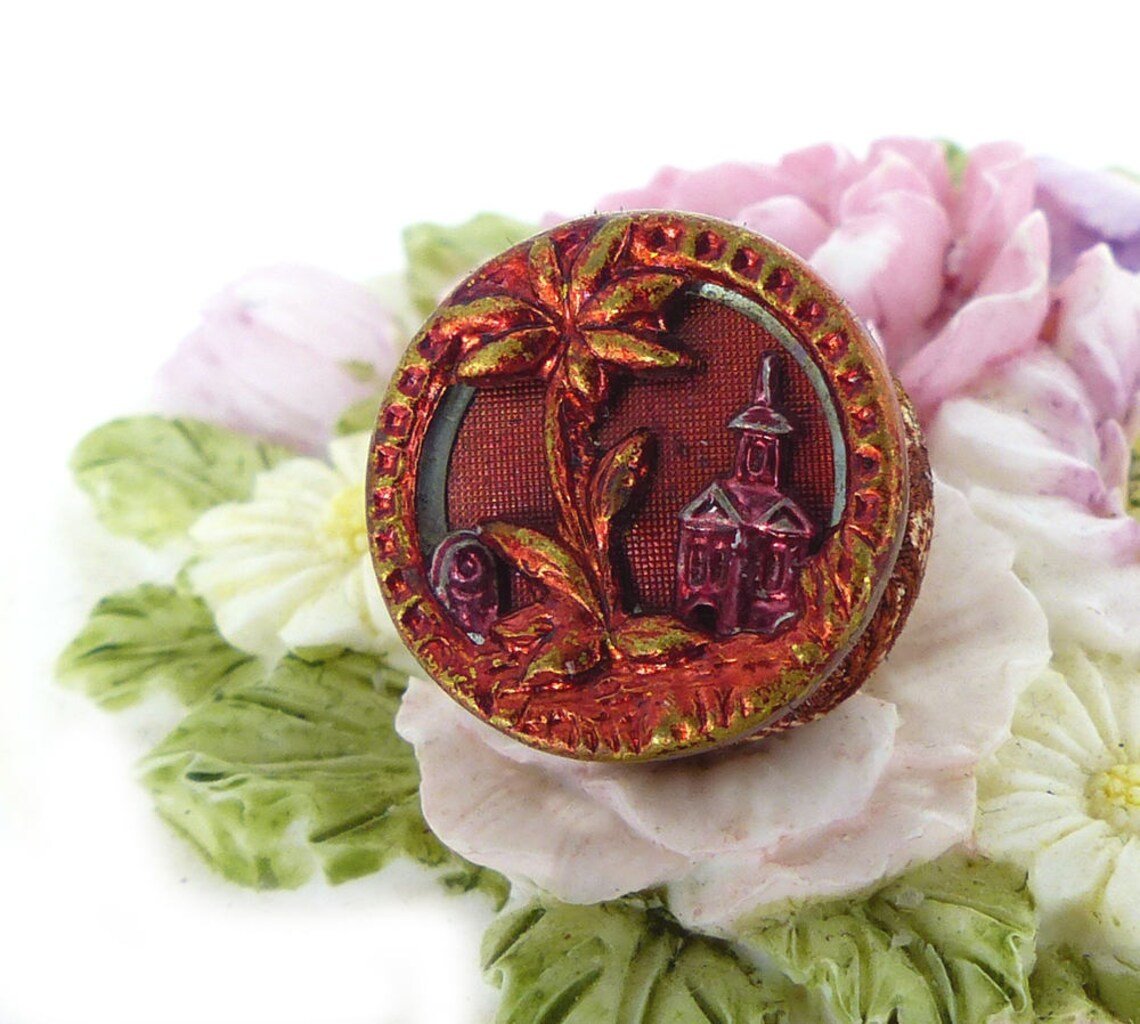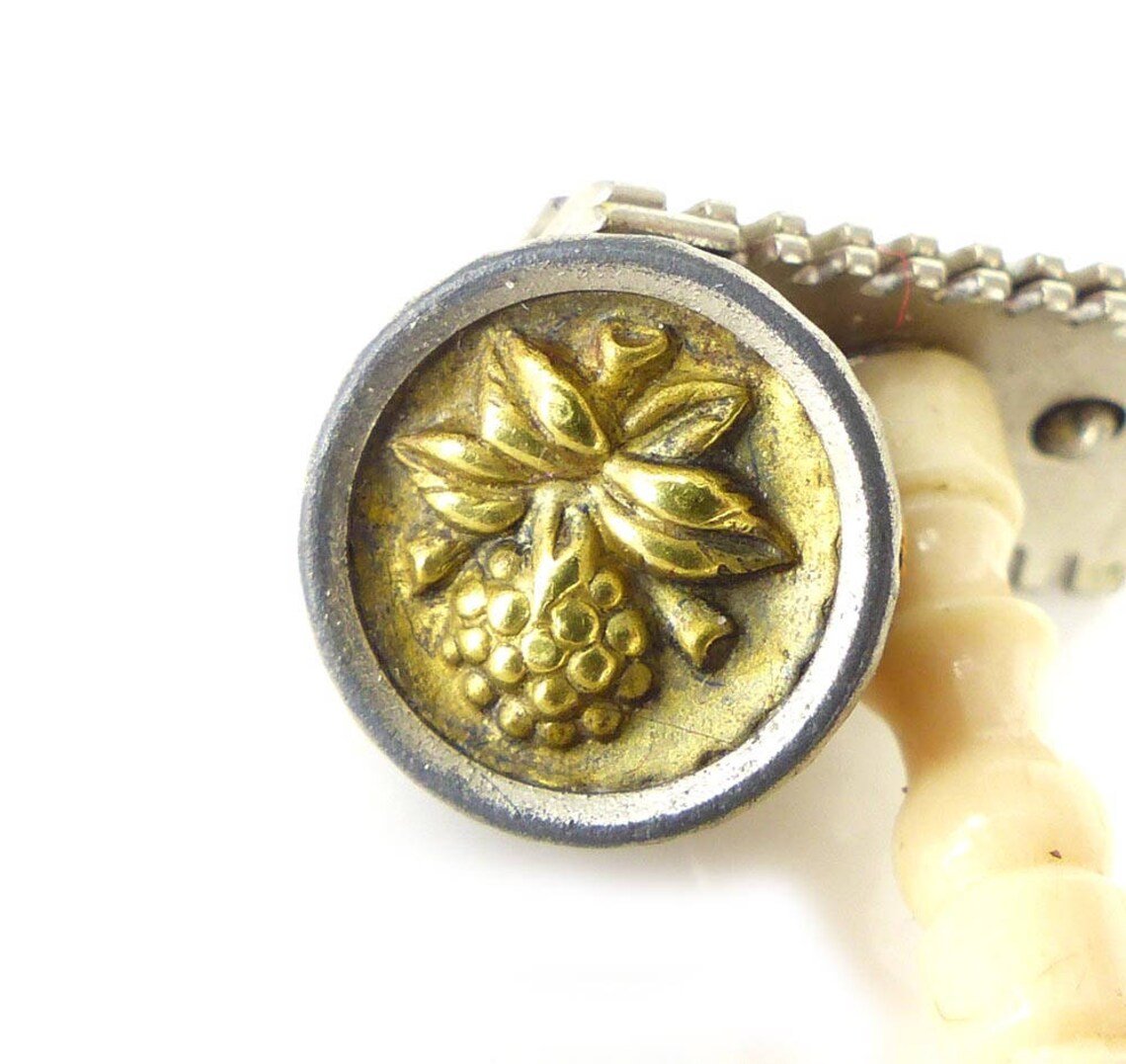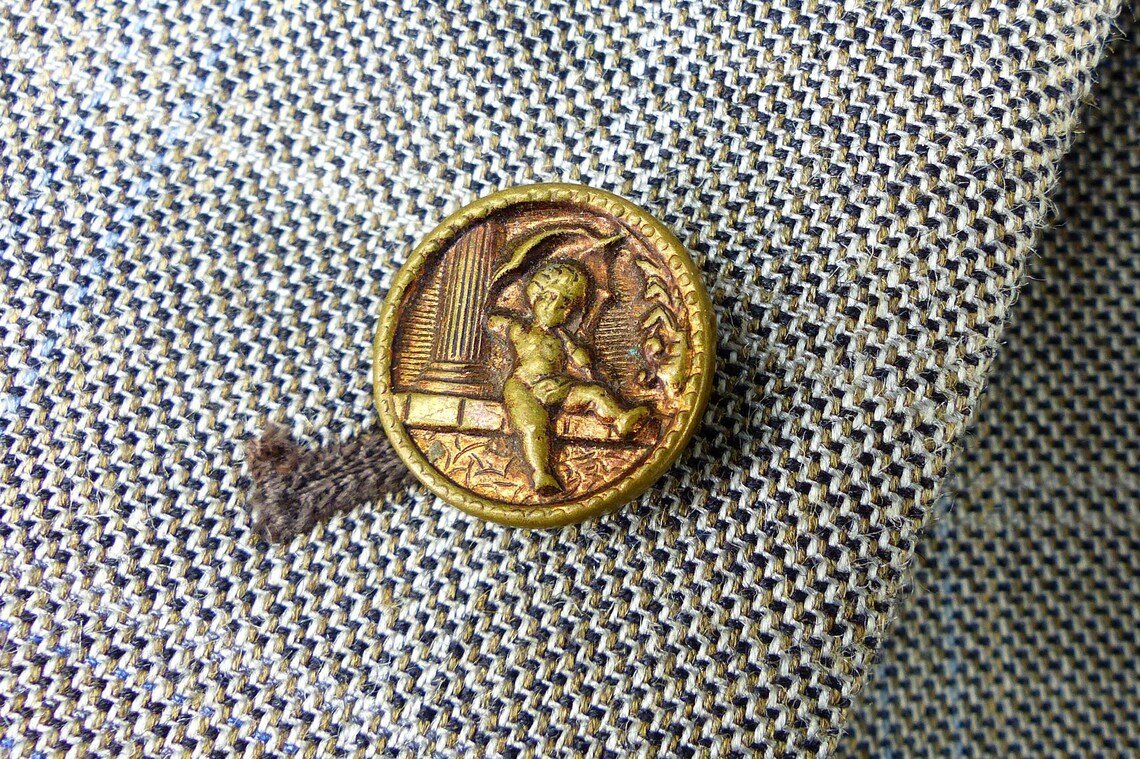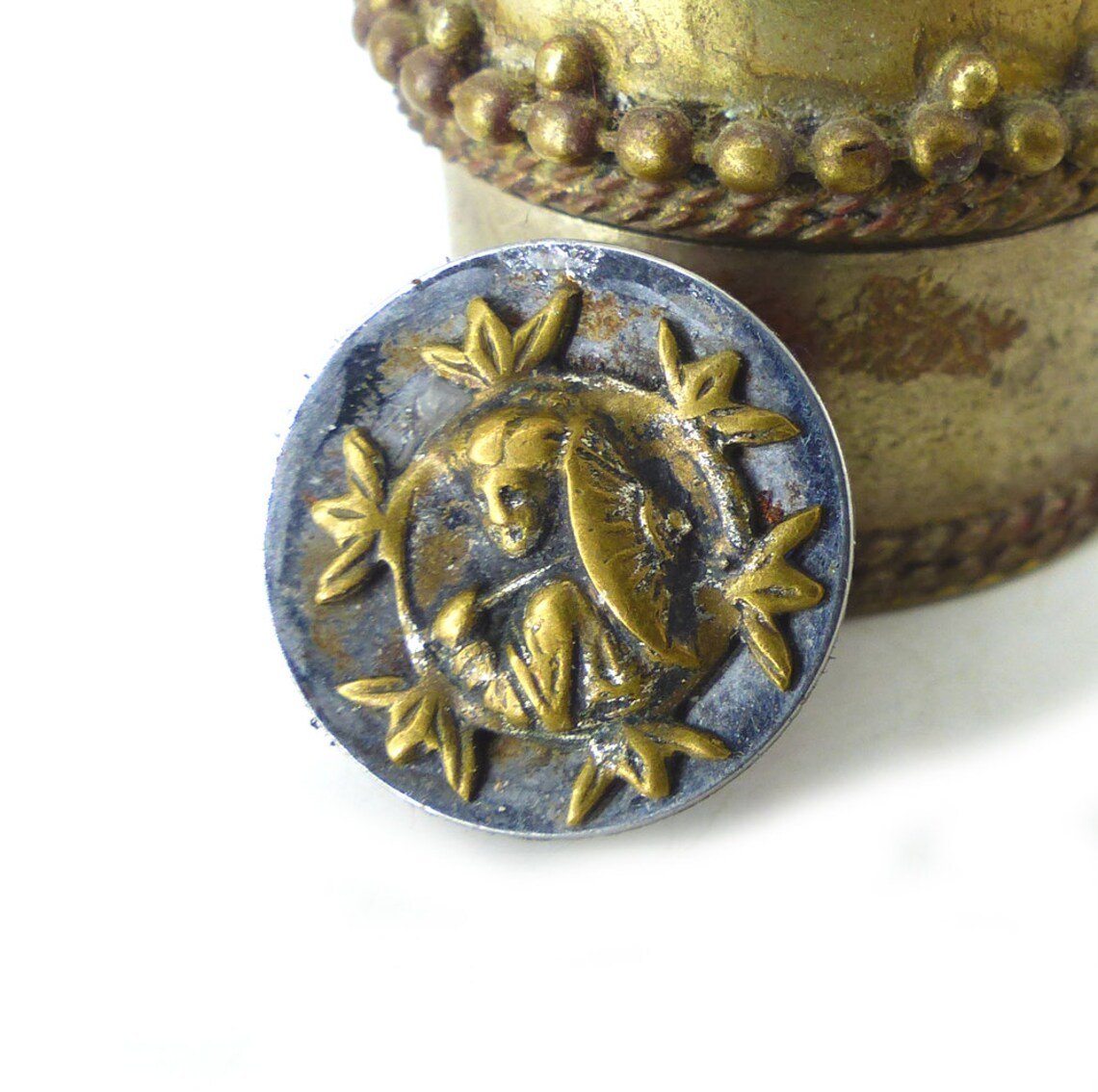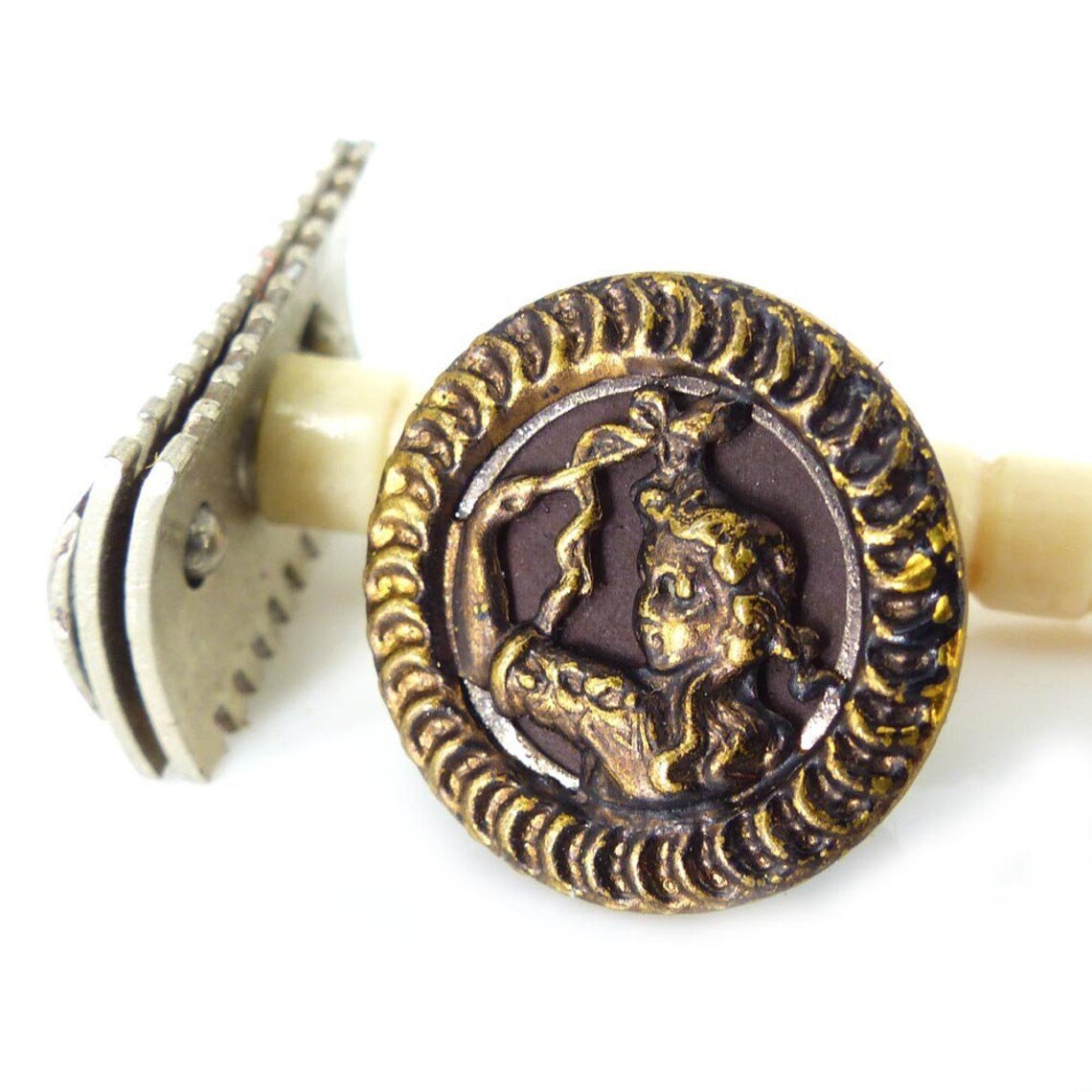A look at the fascinating history of craftsmanship in Birmingham England
Tracy Xavier
The fashions then in vogue—when, as already stated, gentlemen wore gilt buttons on their coats, vests, and leggings—when for ladies even, and children, metal buttons were often preferred to those from woven materials—when the varieties were fewer, and the demand more steady—when foreign competition, partly through protective duties, and partly from the lack of that development of the manufacture abroad which has since so enormously progressed—were all in favour of our “Brummagem buttons,” no wonder that the trade flourished in a way it cannot be expected now to do.
Birmingham specialised in the production of small items (hinges, buttons, buckles, hooks, etc.) in a range of materials including metal and glass, which were collectively known in the 18th century as “toys”.
Matthew Boulton, an entrepreneur in the toy industry, described the Birmingham buckle trade to a House of Commons select committee in 1760, estimating that it employed at least 8,000, and generated £300,000 worth of business, with the majority of stock destined for export to Europe.
The buckle trade collapsed in the 18th century as a result of people starting to wear slippers or shoes fastened with strings. In 1791, bucklemakers petitioned the Prince of Wales on behalf of the 20,000 bucklemakers in distress, and the Prince of Wales and Duke of York responded by ordering their own entourage to wear buckles. Further petitions were submitted in 1792 and 1800, and bucklemakers are rumoured to have paraded a donkey, its hooves adorned with laces, to insult wearers of the new fashion.
Although the market for buckles didn’t revive, the button trade flourished in Birmingham in its place. “It would be no easy task”, William Hutton wrote in 1780, “to enumerate the infinite diversity of buttons manufactured here”. In the 1800s there were over one hundred button makers based in the Midlands.
Originally, the button was a by-product of the slaughter-house, with buttons produced from animal hoof and horn. The raw hoof and horn had to be heated and moulded, and then turned and polished by hand. However, the Birmingham button trade was diverse including pearl, shell, metal, cloth-covered, and later plastic, buttons. Shell and pearl were imported for the production of buttons, with so much waste shell produced by the process that pits were dug in Birmingham’s Jewelry Quarter to bury it. Many buildings today are said to have their foundations built on mother of pearl. Englishgirlathome.com
Birmingham led innovation in the button trade; between 1770 – 1800, 21 patents were granted for improvements in the fastening of clothes, with 19 originating in Birmingham, including flexible shanks, and fancy silk, and porcelain buttons. A number of writers wrote contemporary accounts of the Birmingham button industry, including Charles Dickens, and The Penny Magazine (including illustrations). The Coat Route by Meg Luken Noonan includes a chapter profiling James Grove and Sons.
Above buttons in slide show have been re-purposed into versatile magnetic pins (Mag TAKS) so that can be worn & enjoyed for years to come! Check them out in both Etsy stores:


